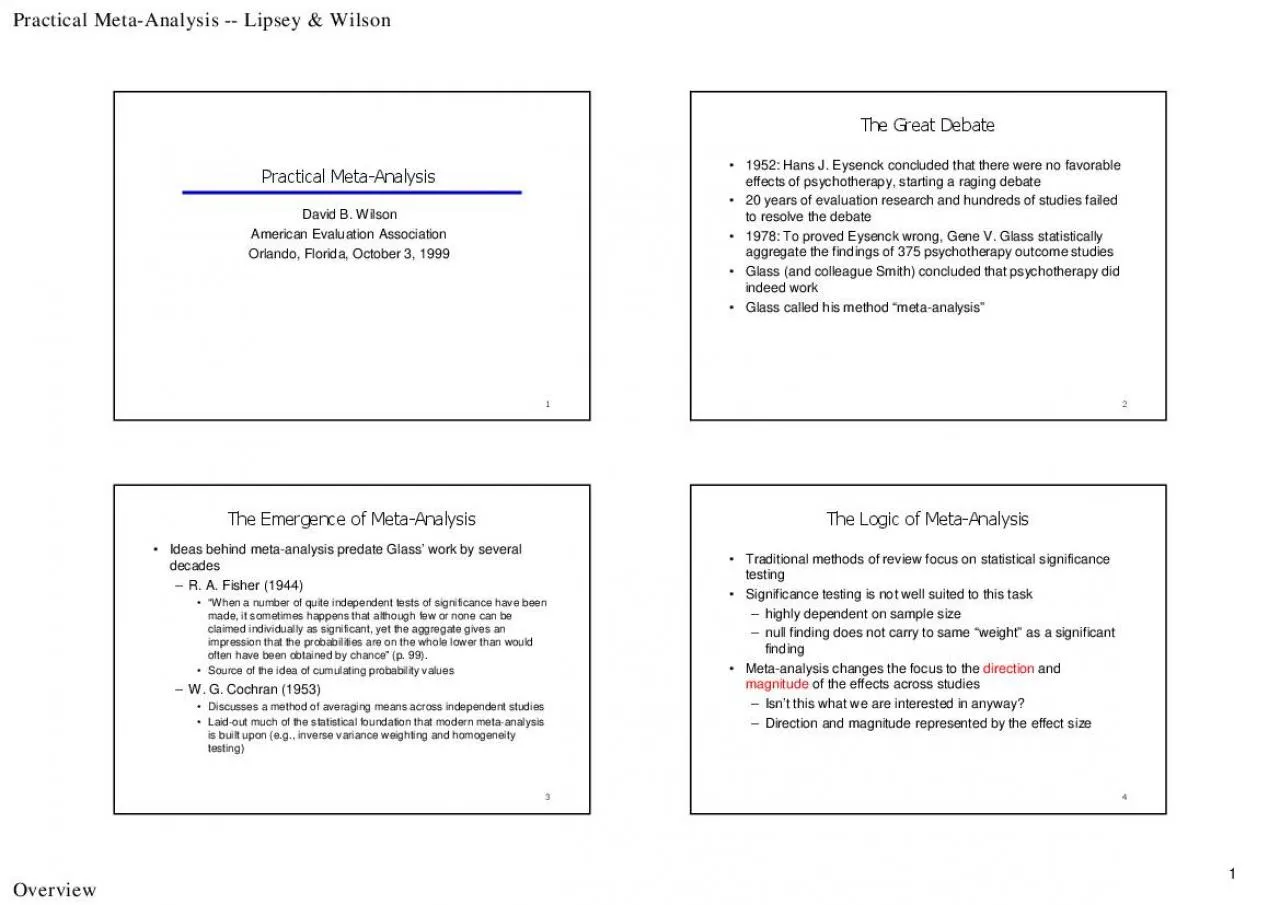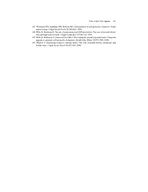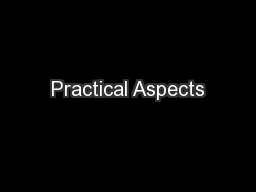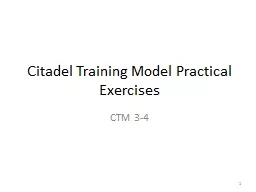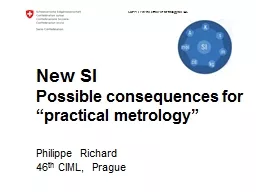PDF-Practical MetaAnalysis Lipsey WilsonOverview
Author : smith | Published Date : 2021-10-07
Practical MetaAnalysisDavid B WilsonAmerican Evaluation AssociationOrlando Florida October 3 1999The Great Debate1952 Hans J Eysenck concluded that there were no
Presentation Embed Code
Download Presentation
Download Presentation The PPT/PDF document "Practical MetaAnalysis Lipsey WilsonOve..." is the property of its rightful owner. Permission is granted to download and print the materials on this website for personal, non-commercial use only, and to display it on your personal computer provided you do not modify the materials and that you retain all copyright notices contained in the materials. By downloading content from our website, you accept the terms of this agreement.
Practical MetaAnalysis Lipsey WilsonOverview: Transcript
Download Rules Of Document
"Practical MetaAnalysis Lipsey WilsonOverview"The content belongs to its owner. You may download and print it for personal use, without modification, and keep all copyright notices. By downloading, you agree to these terms.
Related Documents

